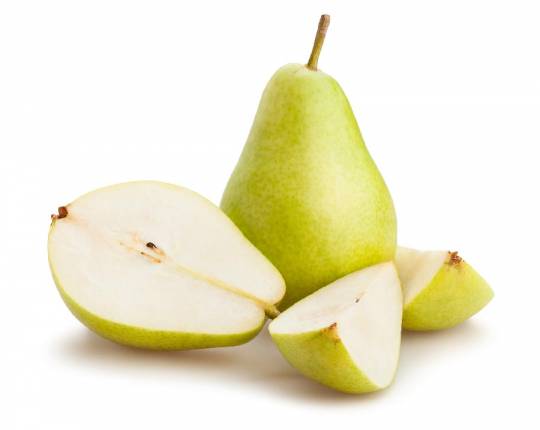ULO / XLO Controlled Atmosphere
ABSOGER has developed systems for ULO and XLO fruit preservation combining extremely low O2 and CO2 preservation rates.

Pear trees are native to Asia and are part of the
Rosaceae family, as are apples and apricots.
There are over 2,000 varieties of pears listed in the world, divided between eating and baking pears. The best known are Guyot, Williams, Conference, D’Anjou, Beurre Hardy, Doyenné du Comice, Louise Bonne of Jersey, Bosc, Concorde and Abate Fetel.
The main producing countries are China, Italy, the United States, Argentina, South Africa, Chile and Australia. France comes in 11th position in the global ranking.
Global pear production has doubled over the last 20 years.
For harvesting, various indicators must be used. These characteristics can vary according to the pear variety. For many pears, such as “Anjou”, “Bosc” or “Comice”:
Maturity indicators
The corkiness of the lenticels, the starch content of the fruit, and the internal ethylene concentration.
Quality indicators
Spring pear varieties can be stored for up to 4 months (Bosc & Comice) or 6 months (Anjou) under AC at -1°C while retaining their ability to ripen and develop good flavor and texture.
Exposure to a high ethylene environment can accelerate the ripening of pears in storage.
Optimal conditions for ripening are 15-22°C (the higher the temperature, the faster the ripening) and 90-95% relative humidity, with a low CO2 level maintained.
Conversely, for long-term storage, the optimum temperature, although it may vary according to the variety, is generally between -1 and 0°C. The relative humidity level does not change the ripening conditions.
Pear diseases :
Physiological disorders :
In order to maintain optimum product quality, ABSOGER recommends :
